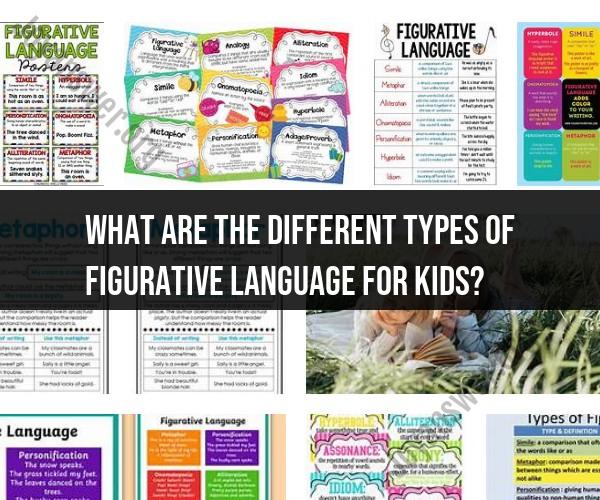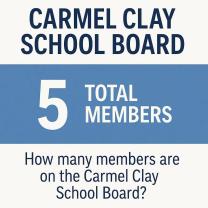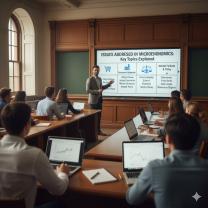What are the different types of figurative language for kids?
Exploring figurative language can be a fun and creative way to engage kids in language learning and improve their writing and communication skills. Figurative language involves using words and expressions in a non-literal way to create vivid images and convey emotions. Here's a creative guide to introducing kids to various types of figurative language:
1. Similes:Similes compare two things using "like" or "as" to highlight similarities. For example:
- Her smile is as bright as the sun.
- He runs as fast as a cheetah.
2. Metaphors:Metaphors directly compare two things without using "like" or "as." For example:
- Life is a roller coaster of emotions.
- The world is a stage, and we are all actors.
3. Personification:Personification gives human qualities to non-human things. For example:
- The wind whispered through the trees.
- The sun smiled down on us.
4. Hyperbole:Hyperbole involves exaggeration for emphasis or humor. For example:
- I'm so hungry, I could eat a horse.
- My backpack weighs a ton!
5. Onomatopoeia:Onomatopoeia are words that sound like the noises they represent. For example:
- The bee buzzed around the flowers.
- The thunder rumbled in the distance.
6. Alliteration:Alliteration is the repetition of the same sound at the beginning of words. For example:
- Sally sells seashells by the seashore.
- Peter Piper picked a peck of pickled peppers.
7. Idioms:Idioms are phrases with meanings that can't be understood from the words alone. For example:
- It's raining cats and dogs.
- He's a chip off the old block.
8. Imagery:Imagery uses descriptive language to create vivid mental images. For example:
- The golden sun sank below the horizon, painting the sky with hues of orange and pink.
- The aroma of freshly baked cookies filled the air, tempting everyone in the room.
9. Symbolism:Symbolism uses objects, actions, or ideas to represent deeper meanings. For example:
- A white dove is a symbol of peace.
- The red rose symbolizes love and passion.
10. Tongue Twisters:Tongue twisters are a playful way to explore figurative language and improve pronunciation. For example:
- How can a clam cram in a clean cream can?
- She sells seashells by the seashore. The shells she sells are surely seashells.
Encourage kids to identify and create examples of each type of figurative language. You can use books, poems, songs, and everyday conversations to find examples in context. Engaging in creative writing activities, creating visual representations, and playing games like "Guess the Figurative Language" can make learning about figurative language an enjoyable and memorable experience for kids.












